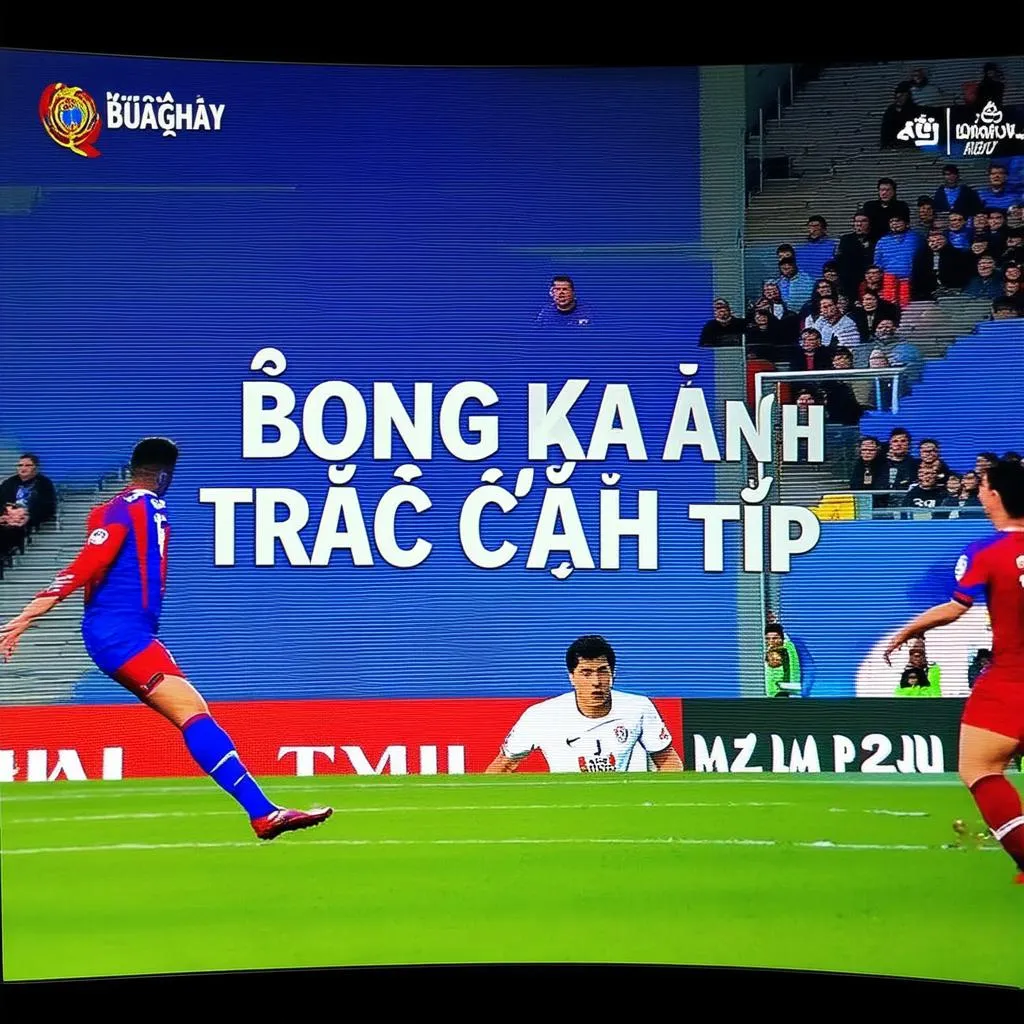The 2010 World Cup ball, the Jabulani, became a talking point throughout the tournament in South Africa. Its unique design and unpredictable flight path sparked debate among players and fans alike. game football world cup 2010 captures the excitement of the tournament.
The Science Behind the Jabulani
The Jabulani, meaning “to celebrate” in Zulu, was designed by Adidas using eight thermally bonded 3D panels, fewer than any previous World Cup ball. This supposedly created a more perfectly round and seamless surface. However, this design also contributed to the ball’s unpredictable movement in the air. Many players complained that the Jabulani swerved and dipped erratically, making it difficult to control.
The smoother surface of the Jabulani, compared to traditional balls with stitched panels, meant less air resistance. This resulted in what physicists called the “knuckleball effect.” At certain speeds and spin rates, the ball would suddenly lose its predictable trajectory, making it challenging for goalkeepers and outfield players alike.
The Impact on the 2010 World Cup
The Jabulani’s unpredictable nature undoubtedly impacted the tournament. Goalkeepers struggled to judge its flight, leading to some unusual goals and saves. brazil 2010 world cup squad, like many other teams, had to adapt their strategies to cope with the ball’s unique characteristics. Some players even resorted to using older balls in training to avoid the Jabulani’s eccentricities.
The debate surrounding the 2010 World Cup ball became almost as prominent as the matches themselves. It sparked discussions about the role of technology in sports and the balance between innovation and tradition.
Jabulani vs. Previous World Cup Balls
The Jabulani differed significantly from its predecessors. The Teamgeist, used in the 2006 World Cup, had 14 thermally bonded panels, while the Fevernova, used in 2002, had 32 panels. These earlier balls had more predictable flight paths due to their increased surface roughness. bastian schweinsteiger world cup 2010 demonstrates skillful ball control despite the Jabulani’s challenges.
The Jabulani’s radical departure from previous designs was met with mixed reactions. While Adidas touted its technological advancements, many players and pundits considered it a step backwards in terms of playability. This controversy led to a significant redesign for the subsequent World Cup ball.
Legacy of the Jabulani
Despite the controversy, the Jabulani remains a significant part of World Cup history. It served as a catalyst for further research and development in football technology. Adidas learned from the criticisms and implemented changes in later designs, aiming for a balance between innovation and performance. choi game bong da world cup allows fans to relive the excitement of past tournaments.
“The Jabulani, though controversial, pushed the boundaries of ball design and sparked important conversations about the impact of technology on the beautiful game,” says Dr. Carlos Santos, a leading sports physicist. Another expert, former professional footballer, Maria Rossi adds, “The Jabulani was a challenge, but it also forced players to adapt and improve their skills.”
The 2010 World Cup ball, the Jabulani, remains a memorable, if somewhat infamous, part of football history. Its unique characteristics and the controversy it generated led to significant changes in subsequent ball designs. adidas ball world cup 2022 showcases the evolution of World Cup ball technology.
FAQ
- What was the 2010 World Cup ball called? The official ball was named the Jabulani.
- Why was the Jabulani controversial? Its unpredictable flight path caused difficulties for players.
- How many panels did the Jabulani have? It had eight thermally bonded panels.
- Who designed the Jabulani? Adidas designed and manufactured the ball.
- What did Jabulani mean? It means “to celebrate” in Zulu.
- How did the Jabulani compare to previous World Cup balls? It had fewer panels and a smoother surface, leading to different aerodynamic properties.
- Did the Jabulani impact the 2010 World Cup? Yes, its unpredictable movement influenced the game and sparked much debate.
Khi cần hỗ trợ hãy liên hệ Số Điện Thoại: 0372999996, Email: bong.da@gmail.com Hoặc đến địa chỉ: 236 Cầu Giấy, Hà Nội. Chúng tôi có đội ngũ chăm sóc khách hàng 24/7.
